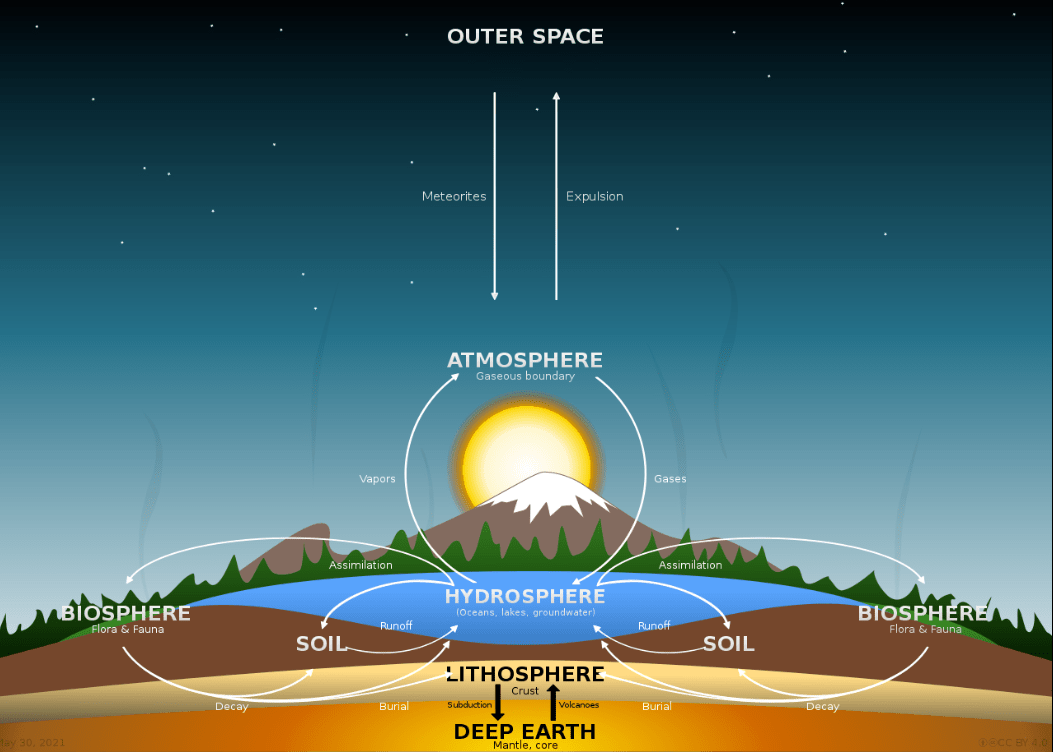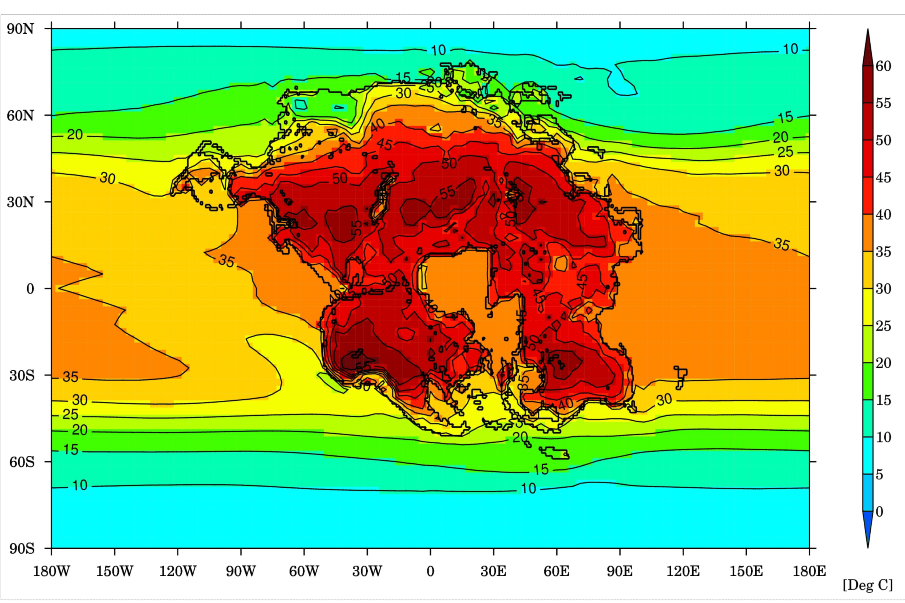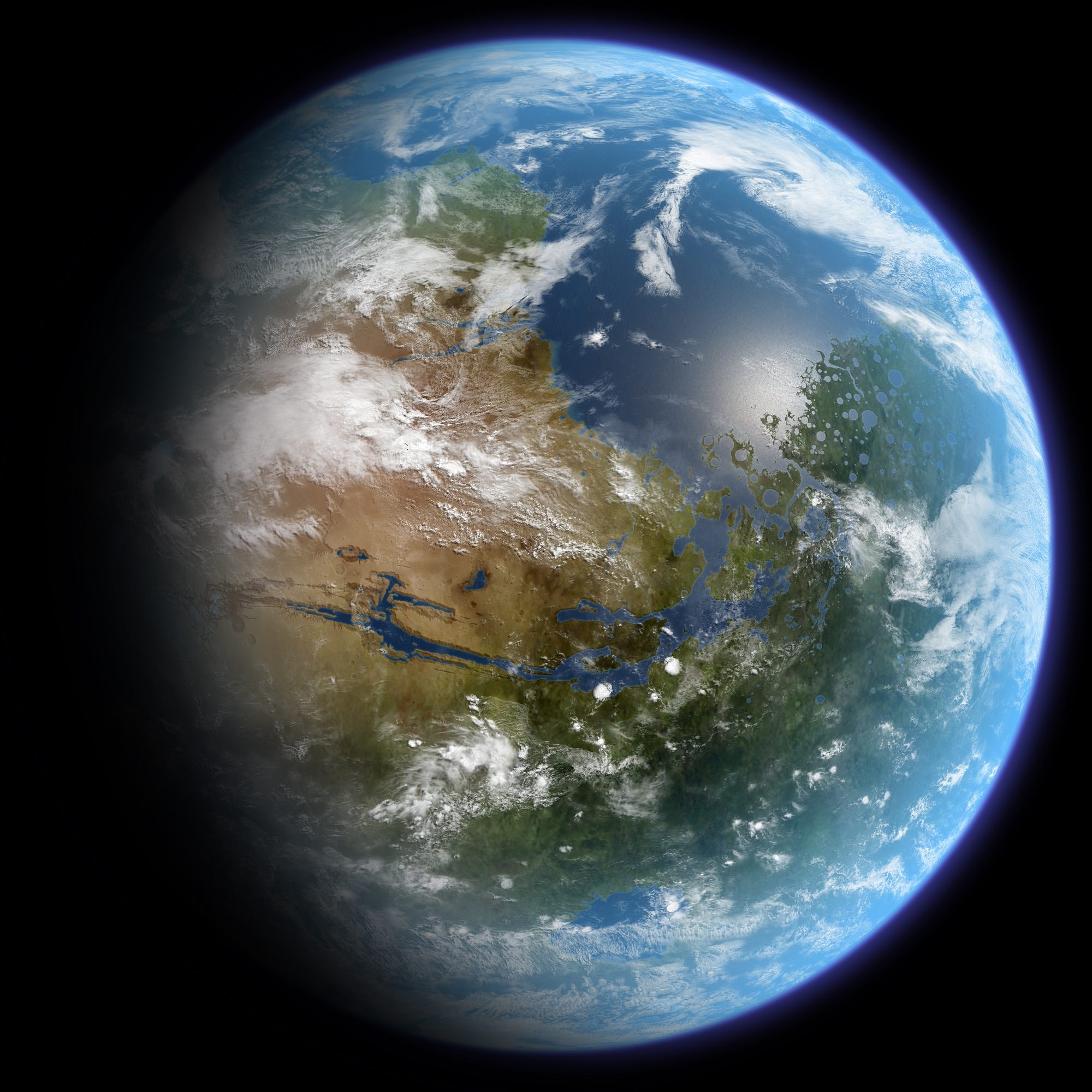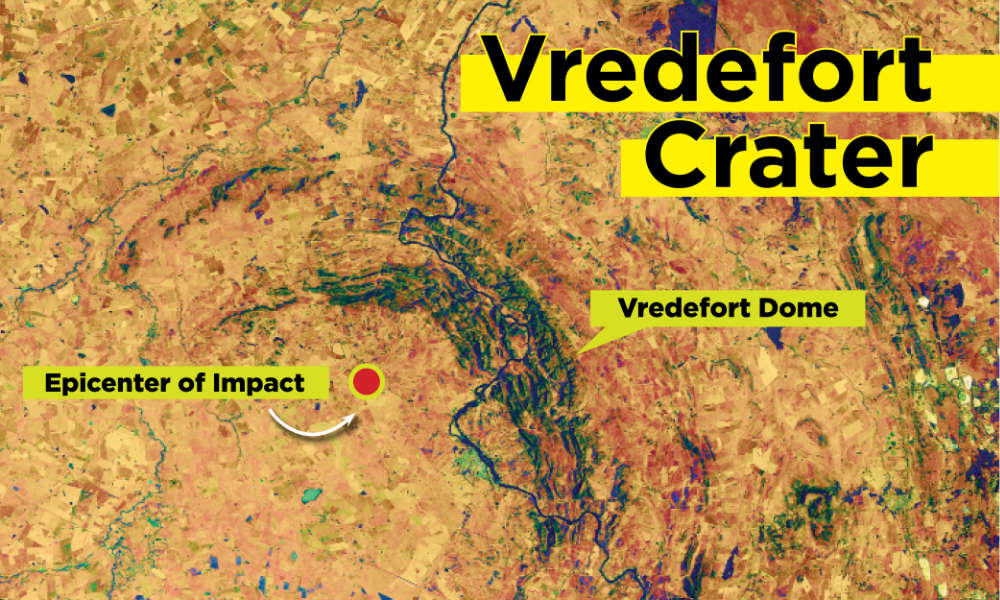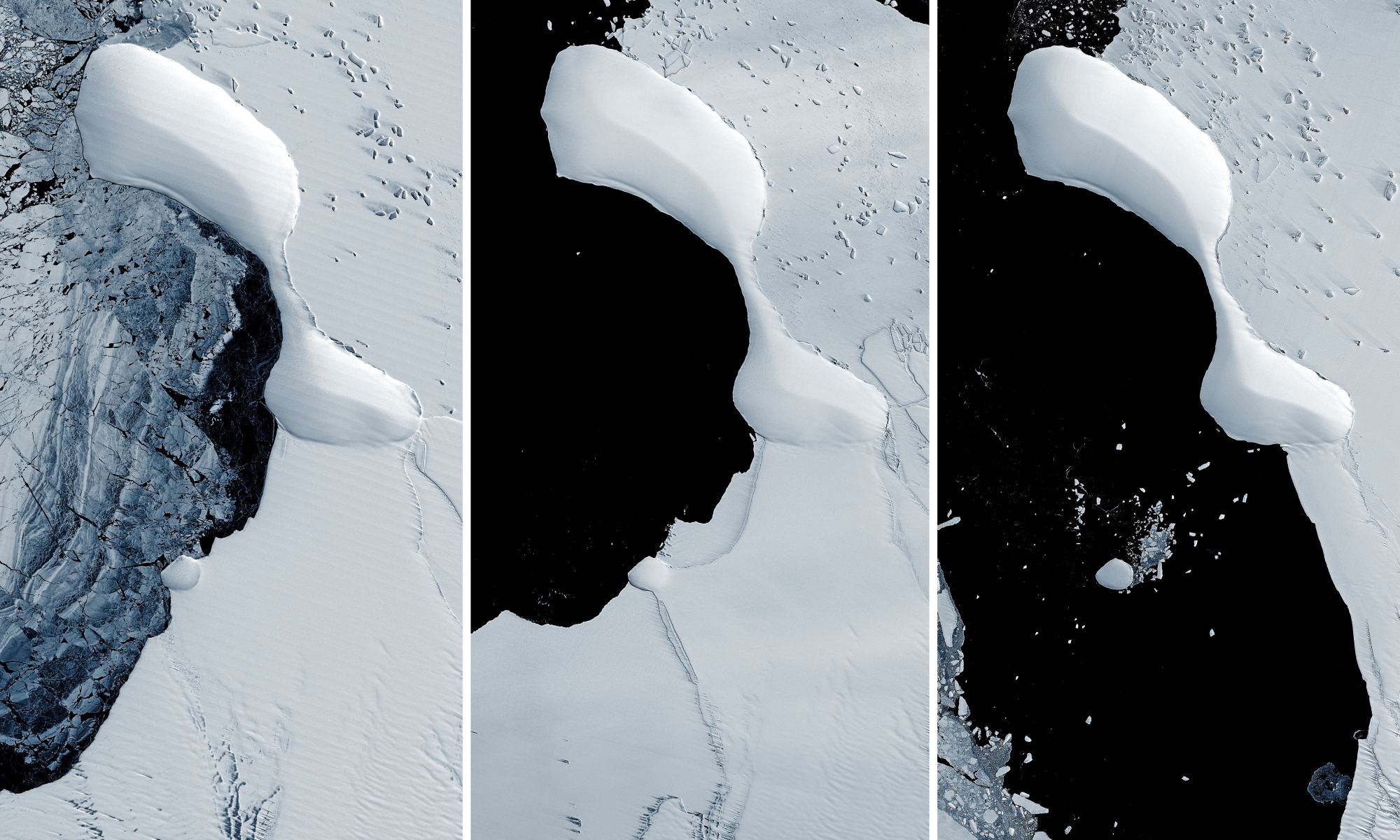During the 1970s, inventor/environmentalist James Lovelock and evolutionary biologist Lynn Margulis proposed the Gaia Hypothesis. This theory posits that Earth is a single, self-regulating system where the atmosphere, hydrosphere, all life, and their inorganic surroundings work together to maintain the conditions for life on the planet. This theory was largely inspired by Lovelock’s work with NASA during the 1960s, where the skilled inventor designed instruments for modeling the climate of Mars and other planets in the Solar System.
According to this theory, planets like Earth would slowly grow warmer and their oceans more acidic without a biosphere that regulates temperature and ensures climate stability. While the theory was readily accepted among environmentalists and climatologists, many in the scientific community have remained skeptical since it was proposed. Until now, it has been impossible to test this theory because it involves forces that work on a planetary scale. But in a recent paper, a team of Spanish scientists proposed an experimental system incorporating synthetic biology that could test the theory on a small scale.
Continue reading “Can the Gaia Hypothesis Be Tested in the Lab?”




